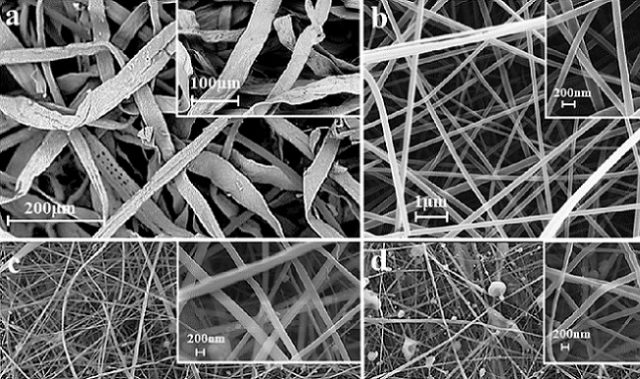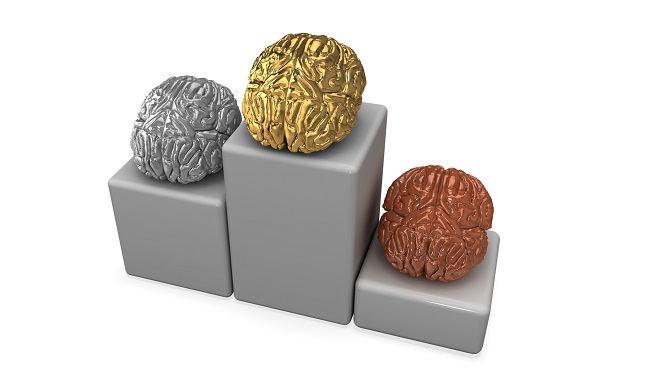
AsianScientist (Aug. 6, 2014) – The Indian Institutes of Technology (IITs) are known worldwide for producing top engineers. Their undergraduate programs in various branches of engineering across 16 IITs in different parts of the country admit just about two percent of all applicants, making them among the toughest in the world to gain admission into.
Over the years, a fairly large number of IITians have taken to entrepreneurship and some of them have become rich and famous. The success of the engineer-entrepreneur IITian, especially in the US, has given the IITs a lot of visibility and made it a truly global brand.
Few people, even in India, know that some of the IITs also have fairly decent graduate departments in the humanities and social sciences that go back to their inception in the 1960s. A select few departments, in fact, boast of nationally- and internationally-renowned faculty.
The number of graduate students at the social science and humanities departments is quite small, however. Together, only around 3,000 IIT students are pursuing a PhD across all disciplines; the numbers of PhD students in the humanities and social sciences is obviously even smaller.
“Old” vs “new” IITs
I have found it quite odd that nearly all the old IITs have limited themselves to offering graduate courses and/or degrees in the same social science and humanities disciplines that they started out with during the 1960s – English, economics, philosophy, psychology and sociology (EEPPS). It is almost as if that the scope of social science inquiry became frozen at some point of time in the past and requires no change. Why stay with EEPPS? Why not history, political science or Sanskrit?
Some of the old IITs, to their credit, have diversified somewhat. The IITs at Kharagpur and Delhi now run ‘popular’ MBA programs. IIT-Chennai runs a reasonably successful master’s program in development studies. However, overall the old IITs remain rather conservative in terms of what they serve in the social sciences and humanities.
The good news is that some of the newer IITs seem to be breaking free of EEPPS. Though most are led by faculty drawn from the older IITs, perhaps because they are still in the process of establishing themselves, they are doing things a little differently. The IITs at Gandhinagar, Guwahati and Mandi have diversified a little bit more than the old IITs in terms of faculty expertise and courses and degrees offered, by hiring faculty in history, political science and public health.
IIT-Guwahati already runs a master’s program in development studies. IIT-Gandhinagar is offering a master’s in society and culture starting this year.
There are signs of change outside the IIT system as well. This year onwards, undergraduate students at BITS Pilani-Goa (where I am based) can opt for a minor in politics, economics and philosophy (PEP). While students were in the past required to complete a minimum number of courses in the humanities and social sciences, I am told that this is the first time that students at a major engineering- and/or science-focused institution in India have the option to pursue a minor in the social sciences. If the IITs and other premier engineering institutes continue down this path, they may be on to something.
Evolving beyond engineering
For now, one big difference between India’s premier technology institutions and those in the West and the East—whether the Massachusetts Institute of Technology (MIT) or Nanyang Technological University (NTU)—is that the latter run superb programs in the humanities and the social sciences which have grown and evolved over time. In contrast, to my knowledge, none of the 16 IITs offer undergraduate programs in social sciences or humanities.
I get to hear every now and then that the IITs are modeled on MIT. That may well have been true for some of the IITs in their early years (IIT-Kanpur was after all built with American assistance) but, unlike the IITs, both MIT and NTU have large and substantial programs in humanities and social science disciplines which stand on their own and are widely-recognized at home and abroad.
It is a pity that India’s leading engineering institutes are reluctant to build on their solid reputations in technology and science to diversify and do more in the social sciences and humanities. It is also quite unlikely that the IITs themselves will choose to offer larger and more comprehensive programs in the social sciences or humanities; an enduring trend in India is to build relatively small, specialized and narrowly-focused teaching and/or research institutions, often disconnected from one another.
However, given the shortage of good quality higher education institutions as well as well-qualified faculty, the IITs would be doing the nation a great service by expanding their graduate departments to include more social science and humanities disciplines and train the next generation of historians, philosophers, economists, public policy experts, a greater variety of Indian and foreign language experts and others. By evolving into comprehensive institutions, they would also in the process become better institutions.
It is said that old habits die hard. Perhaps the real opportunities for change lie only in the new IITs.
——-
Copyright: Asian Scientist Magazine; Photo: Niyam Bhushan/Flickr/CC.
Disclaimer: This article does not necessarily reflect the views of AsianScientist or its staff.












